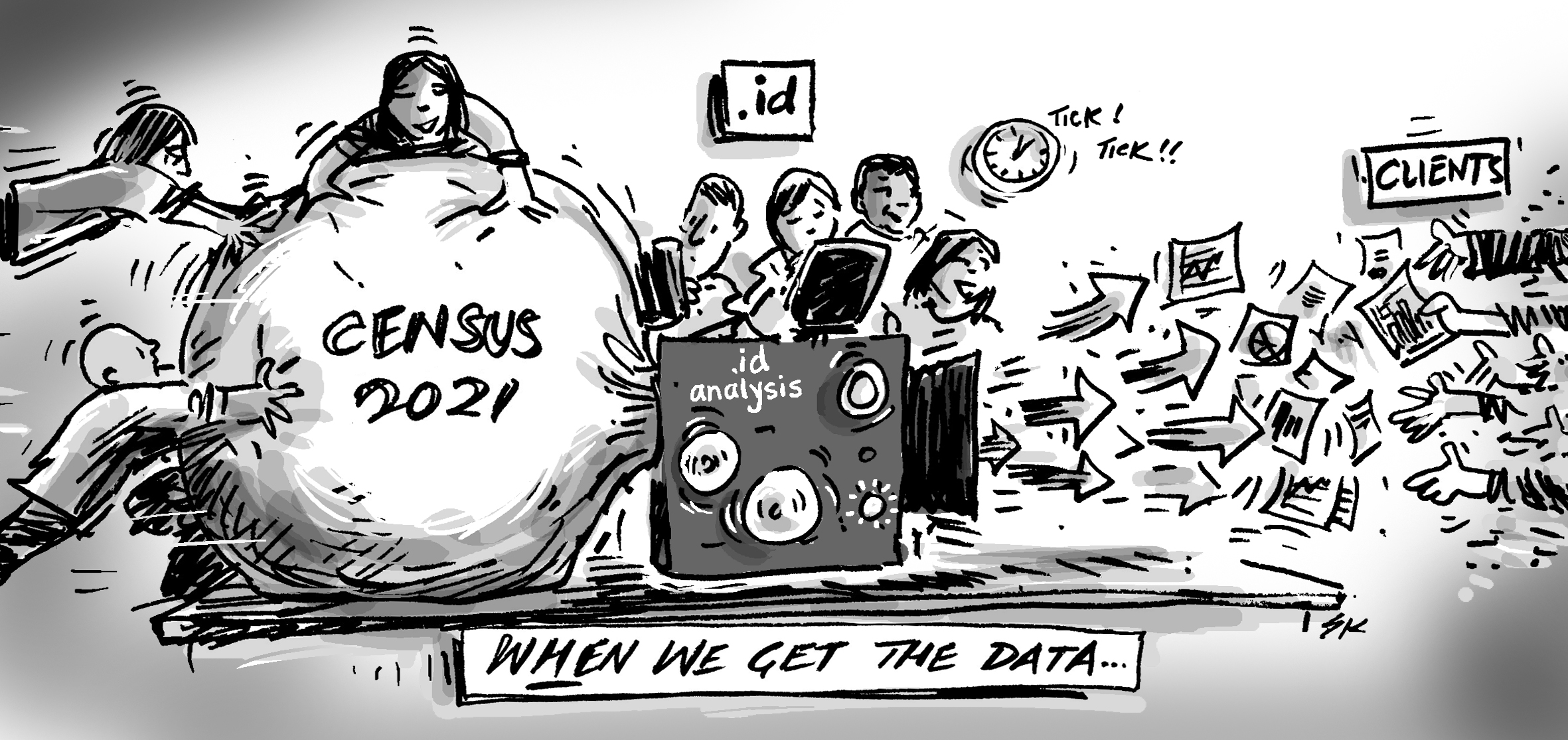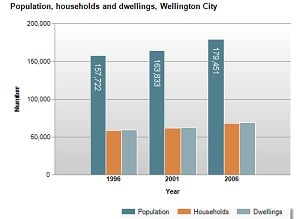We’ve all heard the catch cry ‘jobs and growth’ and it seems a lot of governments regardless of political persuasion are on board. But creating employment requires more than a catchy slogan – it needs good planning. And good planning requires an understanding of both historical trends as well as possible future economic trajectories.
.id uses economic projections to support councils and communities to forecast future employment and output in their localities. Economic projections are an extremely useful tool to help answer questions such as:
- Are we likely to generate enough jobs for our growing resident base?
- What might the impact of our policies/projects be on the rate of growth and structure of our economy?
Understanding the state of play
Economic projections should never be presented in isolation, it’s necessary to understand the context in which a region sits to interpret any results.
If you work in local government and would like an independent assessment of the key challenges and opportunities in your local economy, learn more about our economic health checks here.
.id recently prepared employment and output projections for the newly formed Central Coast Council area in NSW which we presented at the region’s Economic Breakfast hosted by the NSW Chamber of Commerce. At the breakfast, we highlighted the role of the Central Coast as a lifestyle region serving as a place of residence more than a generator of economic output. The number of employed residents in the region far outnumber local jobs. The structure of the economy has also been moulded into one that primarily operates to service its population. In 2014/15, the three largest employing sectors were health, retail and education, representing 40% of the workforce.
Difference between jobs and employed residents, Central Coast, 2014/15

A large jobs deficit, especially in high-value industries, can impact socio-economic outcomes in a region. A lack of local employment opportunities influences levels of youth unemployment and participation. An economy structured primarily towards the provision of household services can also limit residents access to higher income employment.
Seeing what the future holds
Drawing on the expertise of National Economics (NIEIR), we modelled the Central Coast’s economy to 2040. .id’s population forecasts (forecast.id) formed a key input to these projections. NIEIR’s modelling incorporates thousands of local level variables to ensure the results are tailored to specific geographies. We were also able to incorporate some local level information such as the planned Australian Tax Office (ATO) development in Gosford.
What we found for the Central Coast is that the region’s jobs deficit is projected to continue to rise but at a slower pace. However, this is not because the Central Coast will be generating more jobs at a faster rate than before, but more because jobs growth for the regions outside of the Central Coast will be slower. The jobs deficit (working residents minus local jobs) is forecast to reach 52,000 by 2040.
Historical and forecast employment, Central Coast, 2001 to 2040
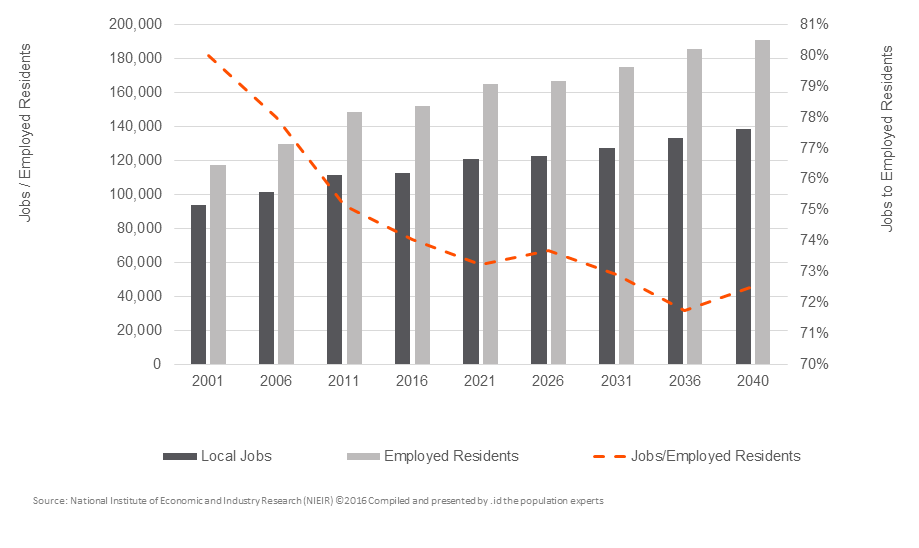
In better news, Central Coast productivity is forecast to grow much stronger as the region’s enterprises better exploit the potential of productivity gains from digital disruption and automation. However, average hours worked is expected to continue to fall as there is less demand for full-time jobs.
Historical and forecast productivity, Central Coast, 2001 to 2040
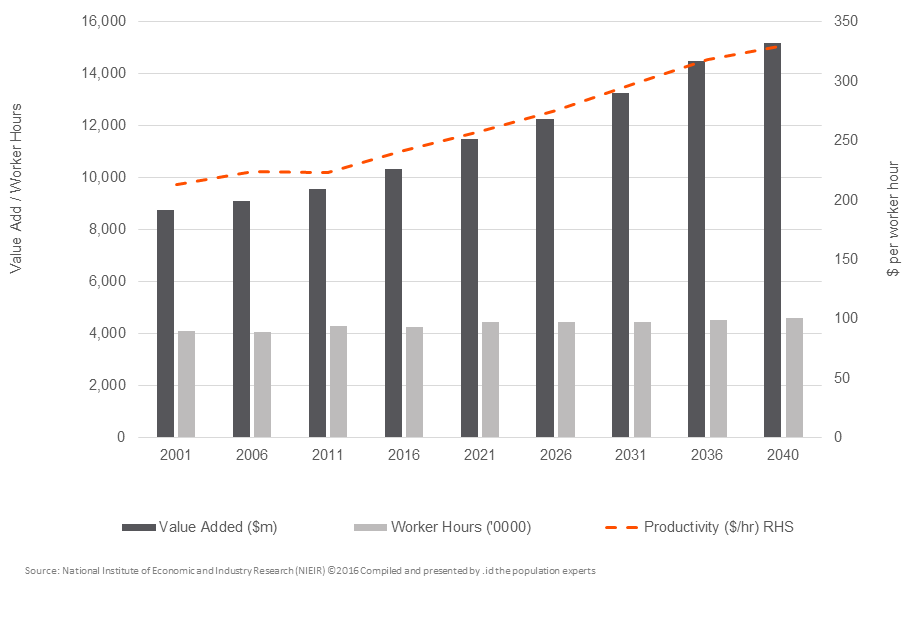
In terms of economic structure, the region is forecast to continue to experience employment growth in health care, driven by an ageing population, and also hospitality, driven by an increase in families eating out. There is also projected growth in professional and business administration services linked to new government and commercial developments. Residents are expected to outsource a number of activities usually done at home (e.g. cooking, child caring, DIY household work) leading to an increase in employment in Other Services.
Retail trade employment is forecast to decline as online retail continues to expand and in-store services are automated or completed via ‘self-service’. There is also expected falls in manufacturing and construction as new equipment and technology makes these industries less labour intensive.
Change in Industry Employment, Central Coast, 2001 to 2040
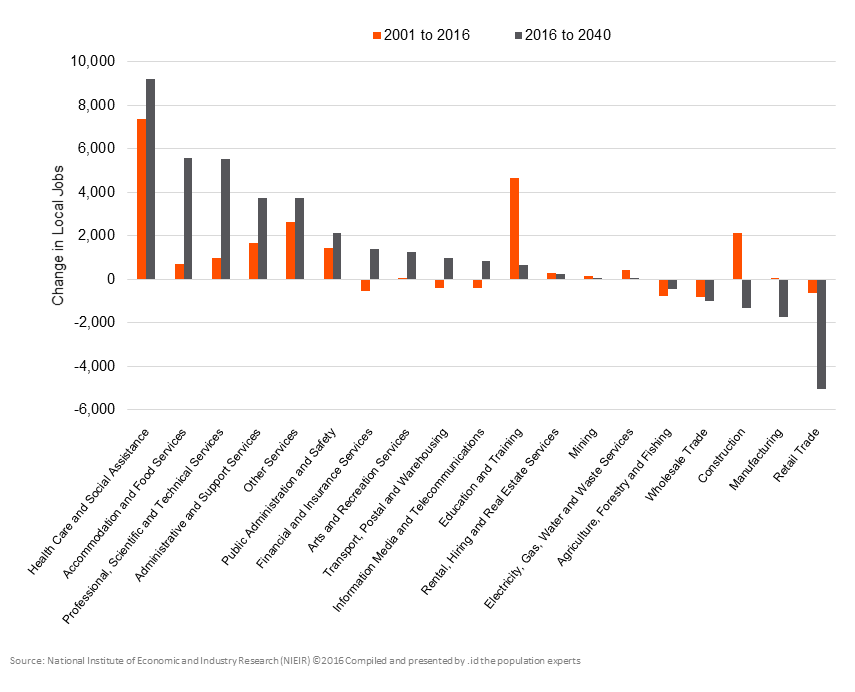
Assessing the future
Economic projections provide an opportunity for regions to assess if they are comfortable with the future picture being revealed. To generate further discussion, .id presented the Central Coast with a number of questions spurred by the forecast, including:
- How can projects like the ATO be made truly catalytic, creating sustainable output and employment growth in knowledge-based industries?
- Does the region have strategies in place to meet the growth in health/aged care services and hospitality?
- How do you ensure residents are ready to adapt to disruption? Do the projections create greater urgency in addressing the current low levels of education attainment and post-school qualifications?
- Does the Central Coast need a larger central employment agglomeration? Can it continue feeding workers to Newcastle and Sydney?
- How can transport links to key economic nodes within the Central Coast and externally be improved in order to increase employment accessibility?
- How can the current housing stock (predominately low density) be diversified to cater for growing demand from knowledge workers for more medium density development around key transport and employment nodes?
Addressing the future
The advantage of forecasting is that it is only a picture of what could be, not what has happened. If the picture is unfavourable, the region can come together and identify strategies or investments needed to address the possible future challenges. .id works with councils to model new scenarios based on these strategies and analyse how they would shape the region’s future.
To understand more about how economic projections can help you make informed decisions about planning for jobs and growth in your community, talk to one of .id’s economic experts.
.id is a team of demographers, urban economists, spatial planners, and data experts who use a unique combination of online tools and consulting to help governments and organisations understand their local economies. Access our free demographic resources here.





